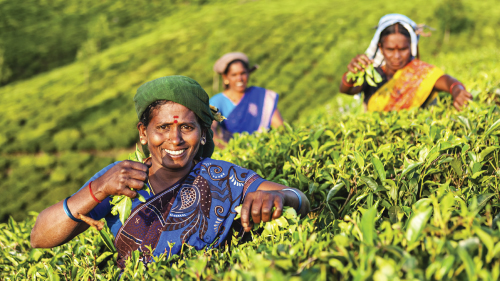CHAPTER 4Micro Entrepreneurs

Small loans can transform lives, especially the lives of women and children. The poor can become empowered instead of disenfranchised. Homes can be built, jobs can be created, businesses can be launched, and individuals can feel a sense of worth again.
Natalie Portman1
The average micro entrepreneur has a low income that is generated from a self‐employed activity in either craft or agriculture. Overcoming poverty raises fundamental needs such as education, health and consumption, which may all be satisfied with an extended MFI loan portfolio.
Most micro entrepreneurs live in regions such as Asia Pacific and Latin America. In many cases they operate a small business or work in agriculture.
4.1 DEFINITION
The most important protagonists in microfinance are the micro entrepreneurs, ultimately the recipients of an investor's capital. The effects of these funds on micro entrepreneurs are the very core of microfinance. What needs do these micro entrepreneurs have, and how can microfinance help to meet them? In which geographical regions do micro entrepreneurs live and in what industries are they active?
Micro entrepreneurs are the clients in microfinance. Without microfinance they would have no access to capital. The rural population in developing countries in particular is largely excluded from the financial system. The typical micro entrepreneur has ...
Get Small Money Big Impact now with the O’Reilly learning platform.
O’Reilly members experience books, live events, courses curated by job role, and more from O’Reilly and nearly 200 top publishers.

